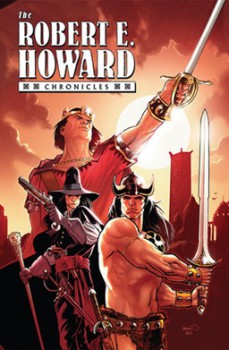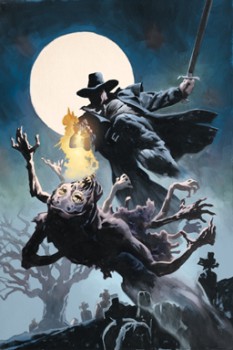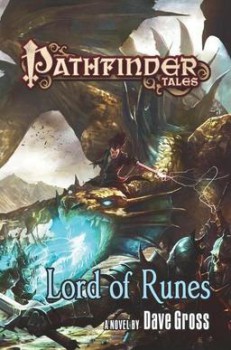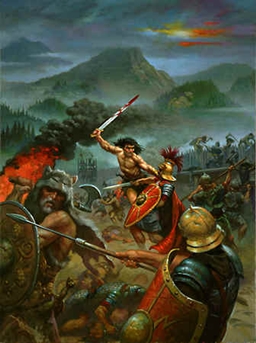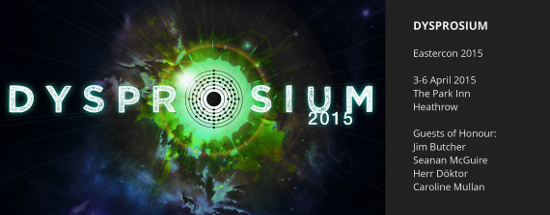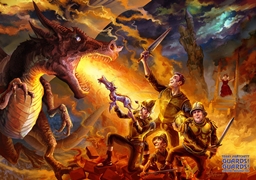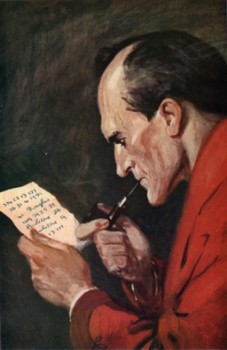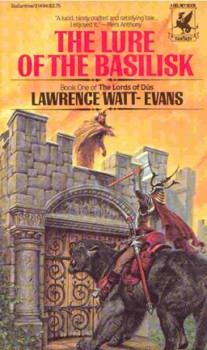Discovering Robert E. Howard: Wally Conger on “Rogues in the House”
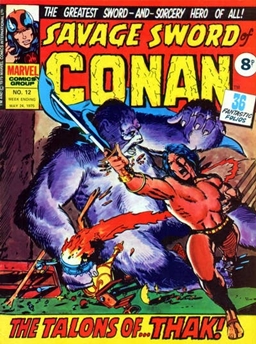 One of the cool things about being an active member in the Sherlock Holmes community is that I run across a broad spectrum of people with other common interests outside of the world’s first private consulting detective. Wally Conger and I have had back and forth conversations on versions of The Hound of the Baskervilles and other topics.
One of the cool things about being an active member in the Sherlock Holmes community is that I run across a broad spectrum of people with other common interests outside of the world’s first private consulting detective. Wally Conger and I have had back and forth conversations on versions of The Hound of the Baskervilles and other topics.
We may not agree on season three of Sherlock, but we do both enjoy reading Conan. So, I asked him to review “Rogues in the House,” which I knew he had just read. He was kind enough to do just that…
By the time Robert E. Howard launched into writing “Rogues in the House” in January 1933, he already had 10 Conan tales under his belt. He was very comfortable with the character.
In fact, upon publication of the story in the January 1934 issue of Weird Tales, Howard wrote to fellow writer Clark Ashton Smith:
Glad you liked ‘Rogues in the House.’ That was one of those yarns which seemed to write itself. I didn’t rewrite it even once. As I remember I only erased and changed one word in it, and then sent it in just as it was written. I had a splitting sick headache, too, when I wrote the first half, but that didn’t seem to affect my work any.
I wish to thunder I could write with equal ease all the time. Ordinarily I revise even my Conan yarns once or twice, and the other stuff I hammer out by main strength.
